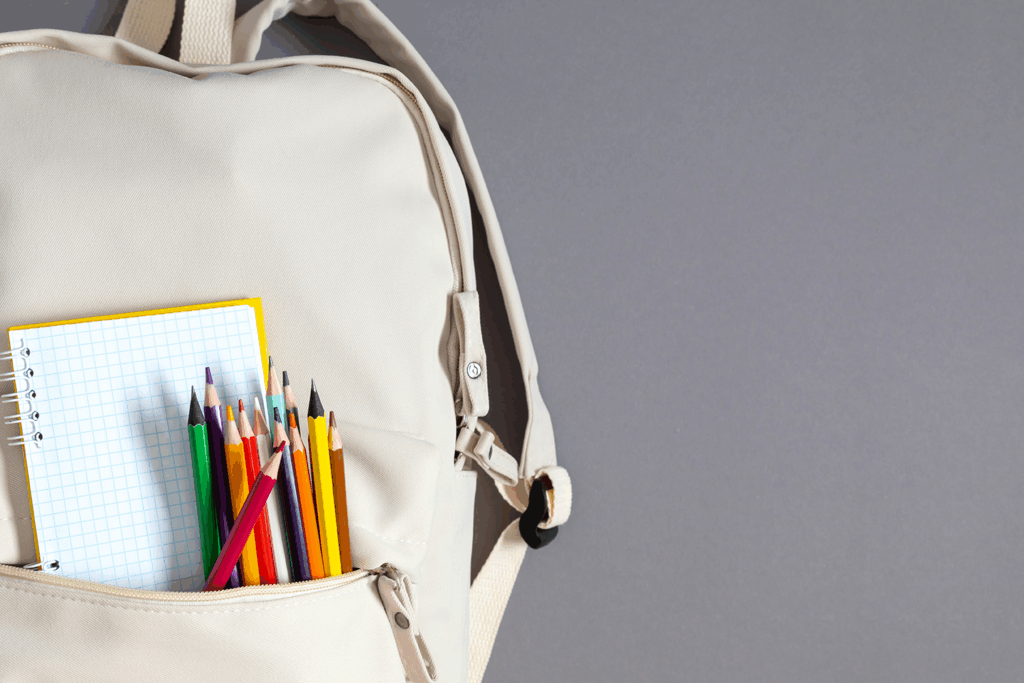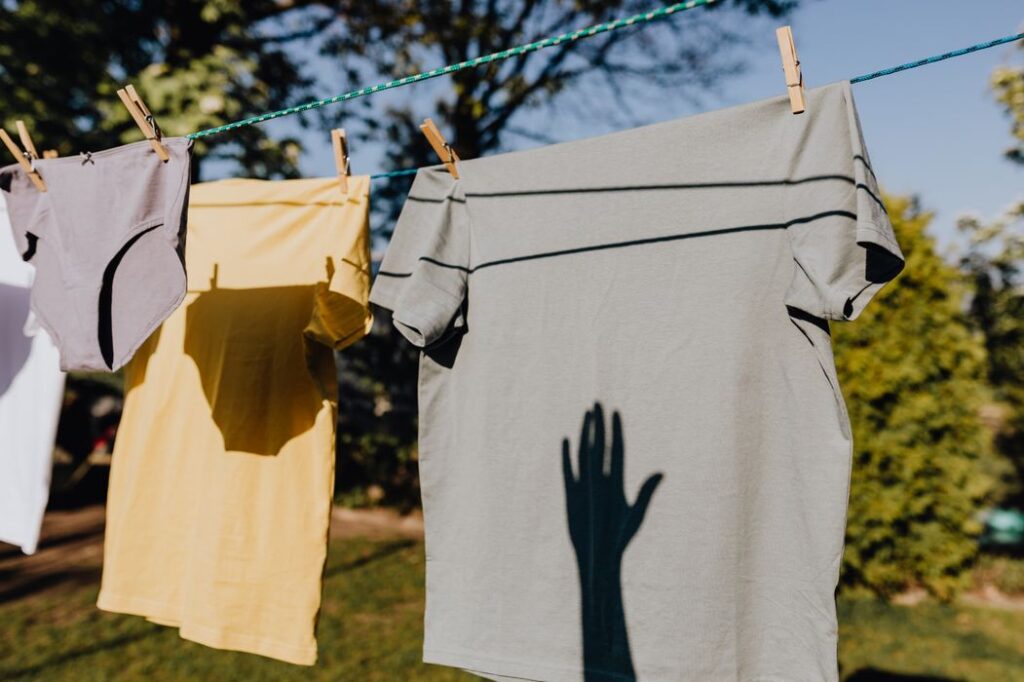There’s nothing quite like wool to chase away the shivers. Whether bundling up in a warm scarf or pulling on a soft sweater, wool has a comforting power that makes it a timeless favorite for people of all ages. However, because wool is animal fur, it is fragile. Special care must therefore be taken when laundering woolen items (including wool blends). But never fear. Simply follow our quick and handy tips, and your wool will remain soft and warm for years to come.
Tip #1: cold, cold, cold
The most important rule to follow when washing wool is to choose cold water. Because wool is sensitive to heat, washing it in hot water could cause it to shrink. To avoid the disappointment of finding that your XL wool sweater has shrunken to an XXS, make sure that your water is no warmer than 30°C. If your woolen item is machine-washable, please note that some washing machines include a special “wool” cycle whose temperatures are nevertheless too high for wool (40°C). Only choose this cycle if you are able to adjust the temperature to 30°C or below.
Tip #2: keep it short
Wool’s sensitive nature means that it should not be laundered using wash cycles that are overly long or overly intense. The delicate/gentle cycle is generally ideal, but if your machine does not have one, be sure to set the spin cycle at no higher than 600 rotations per minute. Remember as well that hand-washing is an option!
Tip #3: choose the right detergent
The best detergent for woolen items is mild and specially made for wool, since general-purpose detergents may be too harsh.
Tip #4: dry carefully
Woolen items should never be tumble-dried or twisted to remove excess water. Instead, roll your damp woolen garments in a dry towel to absorb most of the moisture, then lay them flat to dry. Avoid hang-drying, as the weight of the wet wool could deform the shape of your garments.
Tip #5: wash sparingly
Because wool is fragile, take care that you don’t over-wash it. A wool scarf, for example, does not need to be laundered often. Wool blankets can be shaken vigorously or spot-cleaned in case of stains. After all, sheep in the wild tend not to bathe in washing machines (as far as we know!).
For more tips on how to care for your favorite clothes and linens, visit our special fabrics section.




